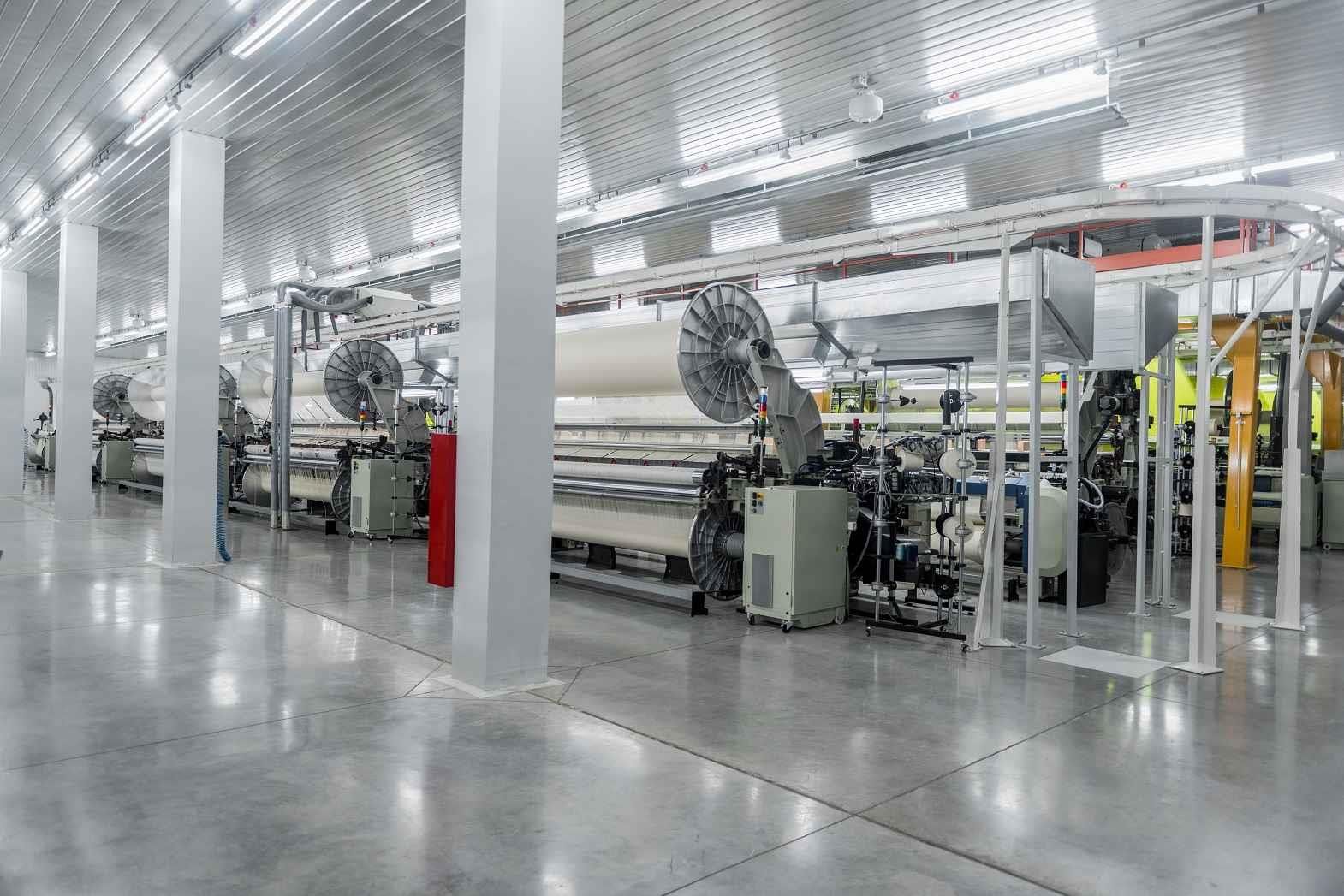The derring-do of a man in Indiawhose motto in life has been -"There are no ifs and buts. It has to bedone" - saw him painstakingly invent a machine that brought in a world ofvalue addition in the form of fuss-free embroidery: Rajkumar Lakshman, the Founder-ManagingDirector of Nantex Machineries Pvt Ltd, tells Richa Bansal how he came to turn adversity onits head, and what mistakes others should not commit should they venture on thesame path.
When hewas a child, he did not know from where he would get his first and only meal ofthe day. He lost his father at the tender age of seven. The struggles continuedand after almost 18 years of working as a CAD designer he gave in to a daringthought gnawing his mind - design a machine that could control the fabric bothin reverse and forward while doing the embroidery and with the same tension. Heapproached some Swiss companies. But there was no response. China told him thatwhat he had in mind just could not be done. The thought had now become afevered brow and he decided to dig into his savings of a little less than twodecades.
When heran out of money in the midst of the project, he borrowed from privatefinanciers. An impressed former employer pitched in when he saw what was beingdesigned and somehow a demo was scratched up. But all this was not enough, andnor was it enough when Rajkumar Lakshman finally mortgaged the only roof overhis head. Nothing deterred him, and he continued to work on it bit by bit andit was another four-and-a-half years before he could make the completecommercial fully automated machine - the world's first vertical embroiderymachine.
Thisfully automated computerised electronic embroidery machine can attain speed upto 400 rpm, occupies very less space and requires minimal manpower. But themost unique and beneficial aspect of this invention is that while currenttechnology allows embroidery to be done width-wise, this machine has beendevised to do it along the length of the fabric.
Althoughthe machine has since gone into commercial production, giving a turnover of
It isso versatile, it can embroider any type of fabric, be it garment, lace, homefurnishing, curtains, carpet etc. We have received enquiries from India. Myvideo on Youtube has given me customers from Indonesia, Pakistan, Bangladesh,Turkey, Argentina and Brazil."
Outstanding features of Nantex machinery compared to existing product in market
Maximum possibility of endless repeat designs through Nantex machinery
What are your five mantras to succeed, I ask him. And he responds:
- Believe in yourself
- Clear vision (you should know your goalpost)
- Be prepared to work hard, very hard
- Positive attitude
- Trust in God
In retrospect, what are the five things you should not have done?
- I should have borrowed money in one shot. But I did not have any resource. I don't think anyone should take the kind of risk I did without finance.
- The other mistake was that once I started commercial production, I began selling the machines. The ideal way to go about it would have been to first use it and then explain to the market so that all had a better understanding of the potential of the machine.
- I should have looked for complete funding of the project.
- I should have done some R&D for some small components or a small machine instead of embarking on so humungous a project - it was almost like inventing a wheel!
- I should have had a proper marketing and administration team. But obviously this was not possible due to the acute financial crunch.
Founded in 2009, Lakshman's Nantex Machineries now has its own R&D team that is continuously working to develop software to meet the demands of the textile market.
According to Lakshman, the global market for machinery for embroidery is around $200 million with China alone claiming 60 per cent of the market share. The other countries in this field include Japan, Korea, and Switzerland. "There is no manufacturer in India for embroidery machines, and our target is to claim major market share using the latest technologies and making user-friendly machines."
What are the latest innovations that have come in the machinery for embroidery?
The existing manufacturers are concentrating only on increasing the speed of the machine to enhance production with some value additions like embroidery with additional attachments in the form of sequins, dori and stones.
Which are the countries where demand is the most for embroidery machines? Which are the newer emerging markets?
Major consumers are India and China. The new emerging markets are Thailand, Turkey, Brazil, Central Africa among several others.
What new has Nantex Machineries come up with since the Vertical Embroidery Machine?
We are working on free-hand creativity. Till today there is no machine that runs vertically in the embroidery industry, except for quilting. Existing traditional machines embroider in the wrong direction i.e. against the grain line of the fabric which restricts the design to geometric patterns. Besides, it is done in tight framing which stretches the fabric. It is only after the embroidery that garments are turned along the grain line, and it is while rotating the fabric that the flow goes wrong.
The embroidery on a Nantex machine needles along the grain line and therefore without any restrictions in terms of design or even the type of fabric, which could even be a knit. We are now working on different versions of this same machine to cater to different demands of the textile industry.









Comments